Everest (에베레스트)
3.8Km 2019-09-02
2-1, Jong-ro 51ga-gil, Jongno-gu, Seoul
+82-2-766-8850
Nepal is located in the southcentral region of the Himalayan Mountains between India and Tibet, accounting for its diverse mixture of both country's cultures. Restaurant Everest allows guests to enter this culturally diverse world by offering cuisine from Nepal, India, and Tibet. In addition, Everest is operated by a Nepali owner, serving affordable food to tourists and students interested in the culture of Nepal. Customers can learn of the traditional food and culture of Nepal while listening to Nepali music and watching movies. The restaurant also provides a seminar area for various meetings.
Nolbu Budaejjigae Bwipye Sinchon(놀부부대찌개뷔폐 신촌)
3.8Km 2020-11-26
23 Yonsei-ro Seodaemun-gu Seoul
+82-2-325-8492
This is a house where you can have all the Budaejjigae (spicy sausage stew) you can eat. This Korean dishes restaurant is located in Seodaemun-gu, Seoul. The representative menu is sausage stew.
Porte Gwanghuimun (광희문)
3.9Km 2021-02-24
344, Toegye-ro, Jung-gu, Seoul
+82-2-3700-3900
La légende raconte que la porte Gwanguimun fut construite en 1396, lors de la 5ème année du règne du roi Taejo, au Sud-Est de la capitale (Séoul). Elle fut souvent appellée ‘Porte Sugumun’ (canal) et fut d’ailleurs utilisée en tant que Sigumun, signifiant littérallement “porte des corps”, puisque les processions funéraires passaient par cette porte quand elles se dirigeaient à l’Est.
Durant la guerre Imjin (invasion Japonaise de la Corée, 1592-1598), la porte de la forteresse fut détruite à tel point qu’il fut ensuite quasi impossible de retrouver son emplacement exact. Néanmoins, les efforts de reconstruction ont été entrepris en 1711 (37ème année du règne du roi Sukjong), le canal fut restoré et une tour construite. Le porte Gwanghuimun est par la suite restée intacte, même lorsque les murs de la forteresse furent démolis pour la construction de rails de tramway durant la rège coloniale japonaise. Elle fut cependant largement abîmée pendant la guerre de Corée puis laissée en ruine. En 1975, des travaux de resturation furent entrepris afin de relocaliser la porte à 15m de son emplacement d’origine, dans une optique de dégager le milieu de la route.
Donga Stationery (동아완구)
3.9Km 2024-09-20
5 Jongno 52gil, Jongno-gu, Seoul
Donga Stationery désigne un magasin situé le long de la rue Changsin-dong Stationery. Le magasin propose une large gamme de produits prisés par les enfants mais aussi les adultes. Le magasin se situe près de la sortie 4 de la station Dongdaemun (ligne 1).
Parc Hyochang à Séoul (서울 효창공원)
3.9Km 2023-04-07
177-18, Hyochangwon-ro, Yongsan-gu, Seoul
+82-2-2199-8823
Hyochang parc couvre 122 245 mètres carrés enjambant Hyochang-dong et Cheongpa 2-dong. Il est un point de repère historique qui contenait plusieurs tombes royales, et était connu à l'époque comme Hyochangwon. Les cimetières qui ont été à l'origine situés dans le Hyochangwon appartenaient au prince héritier Munhyo (premier fils du roi Jeongjo, décédé seulement à l'âge de cinq ans), à la concubine royale du roi Jeongjo et la mère du prince héritier Munhyo et sa fille, la princesse Yeongon. Les tombes royales ont été déplacés à Seooreung tombes dans les derniers mois de la période coloniale japonaise. L'empire japonais a commencé le développement de Hyochangwon dans un parc en 1924, et le gouverneur général japonais a officiellement confié le site comme un parc en 1940.
Actuellement, plusieurs des plus grands dirigeants de la Corée sont enterrés dans le parc Hyochang. Les restes appartiennent pour la plupart à des militants indépendantistes y compris Yoon Bong-gil, Lee Bong-chang, et Baek Jeong-gi, dont les tombes sont regroupées sous l'appellation "Samuisa-myo" (tombes des trois martyrs). Une statue de Lee Bong-chang a été construite dans le cimetière. Parmi les autres martyrs patriotes qui sont enterrés dans le parc sont Kim Gu et quelques-unes des figures de proue du gouvernement provisoire comme Lee Dong-nyeong, Cha I-seok, Cho Seong et-hwan. Un temple ancestral nommé Uiyeolsa a été construit le long de la porte principale et détient les portraits des militants indépendantistes décédés.
Dakbalmeogeun Saeu Sinchon Direct(닭발먹은새우 신촌직영)
3.9Km 2020-11-20
8-3 Yonsei-ro 5ga-gil Seodaemun-gu Seoul
+82-70-8977-7000
This is a place that sells chicken feet with adjustable spice levels. This Korean dishes restaurant is located in Seodaemun-gu, Seoul. The most famous menu is chicken feet.
Festival de la culture universitaire à Sinchon (신촌글로벌대학문화축제)
3.9Km 2024-09-25
Changcheon-dong, Saedaemun-gu, Seoul
02-330-6714
Le festival de la jeunesse à Sinchon (Sinchon World Youth Festival) a pour objectif de mettre en valeur l'identité du quartier Sinchon réputé pour ses universités et son activité culturel dans l'arrondissement Seodaemun.
HOTEL QB [Korea Quality] / 호텔큐비(호텔QB) [한국관광 품질인증]
3.9Km 2023-04-13
322-10, Jong-ro, Jongno-gu, Seoul
+82-10-2408-2842
Located just a three-minute walk away from the Dongdaemun Subway Station in Seoul, the hotel offers easy access for shopping and culture tour. Airport bus passes beside the building and Dongdaemun Shopping Complex, home to large shopping malls and wholesale fashion shops, are only a ten-minute walk away.
QB, which stands for boutiQue Business, reflects our commitment to guests on business trips with high-quality service and rooms. Customized trip consulting service is provided for those who are visiting without information; complimentary luggage storage service is also available.
Hotel QB has 21 rooms in total, ranging from single rooms for solo travelers to quad rooms for up to six persons. The rooms with modern and stylish interior design in pastel tone create cozier atmosphere. Internet is provided without charge in all rooms, and shared PCs are available in the shared kitchen. Guests may also cook for themselves as a microwave oven, an induction, a refrigerator, and kitchenware are available in the shared kitchen.
Neighboring tourist attractions such as Dongdaemun Shopping Complex are always busy with travelers. Dongdaemun Fashion Street, the trend-setting spot for the young, gets even livelier at night, whereas Dongdaemun Design Plaza (DDP) is famous for its night view. The night market, which opens on Friday and Saturday evenings, offers more things to eat and see. In addition, Dongdaemun History and Culture Park, Cheonggyecheon Second-hand Book Shop Street, and Dongmyo Flee Market are close to the hotel. Gwangjang Market, Jongmyo Shrine, and Daehakro Street are located one subway station away, which is also a walkable distance.
Chuncheonjip Dakgalbi Makguksu (춘천집닭갈비막국수)
3.9Km 2019-12-24
1, Yonsei-ro 5ga-gil, Seodaemun-gu, Seoul
+82-2-325-2361
This Dakgalbi restaurant is located in Sinchon, an area surrounded by universities and populated by students. Chuncheonjip Dakgalbi Makguksu’s most popular dish is Dakgalbi, which is prepared by marinating boneless chicken in spicy red pepper paste and stir-frying it with various ingredients in a large cast iron pan. For an extra tasty treat, try adding an assortment of noodles to the chicken as it cooks. After you’ve finished eating your Dakgalbi, don’t forget to order rice to stir-fry in the pan to soak up the extra, flavorful sauce!
The restaurant offers a simple Dakgalbi menu at an affordable price. Thanks to the restaurant’s delicious food, reasonable prices, and casual atmosphere, the restaurant is always full of people.
Hyeyang Elysium (혜양엘리시움)
3.9Km 2015-02-06
18, Majang-ro 1-gil, Jung-gu, Seoul-si
+82-2-2250-1114
Hyeyang Elysium est un espace de vente de vêtements en solde ; et nombre de commerçants venant de pays proches de la Corée comme le Japon, la Chine, la Russie et d’autres pays encore, viennent se ravitailler ici.
Par ailleurs, Hyeyang Elysium propose aux visiteurs étrangers un service de commandes (étage G). Il y a aussi des navettes en bus depuis l’aéroport.
Les négociants de Hyeyang Elysium ont une grande expérience dans l’export.
Ainsi, les habits en vogue provenant du Japon, de Taiwan et de Hong Kong, sont toujours disponibles pour les clients ici.
8ième : restaurants et café
7ième : banques
6ième : produits importés – bijoux, lingerie, parfum , chaussures hommes/femmes, sacs, ceintures
3-5ième : prêt-à-porter et costumes pour hommes
1-2ième : prêt-à-porter pour femmes
GF (-1) : boutiques avec service de commandes (Hong Kong, Taiwan, Japon), prêt-à-porter pour femmes, chaussures.
-2 au –7 : parking
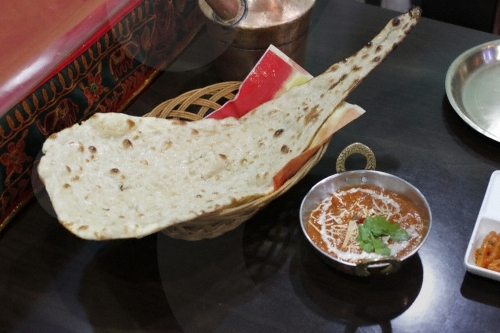
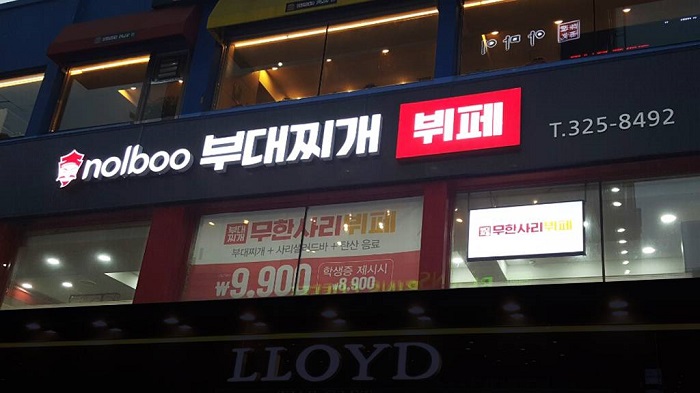
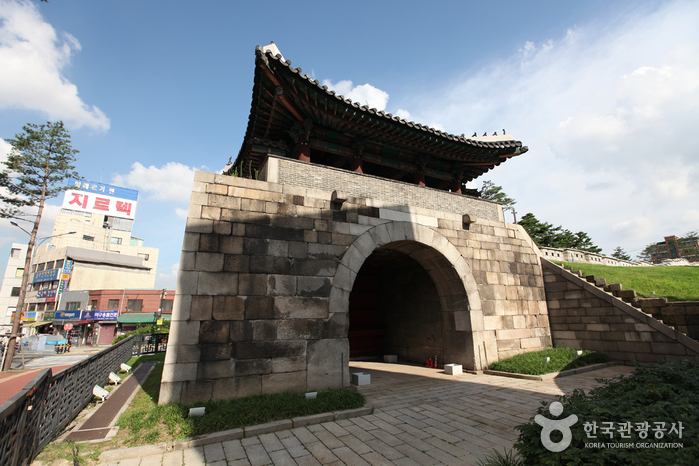
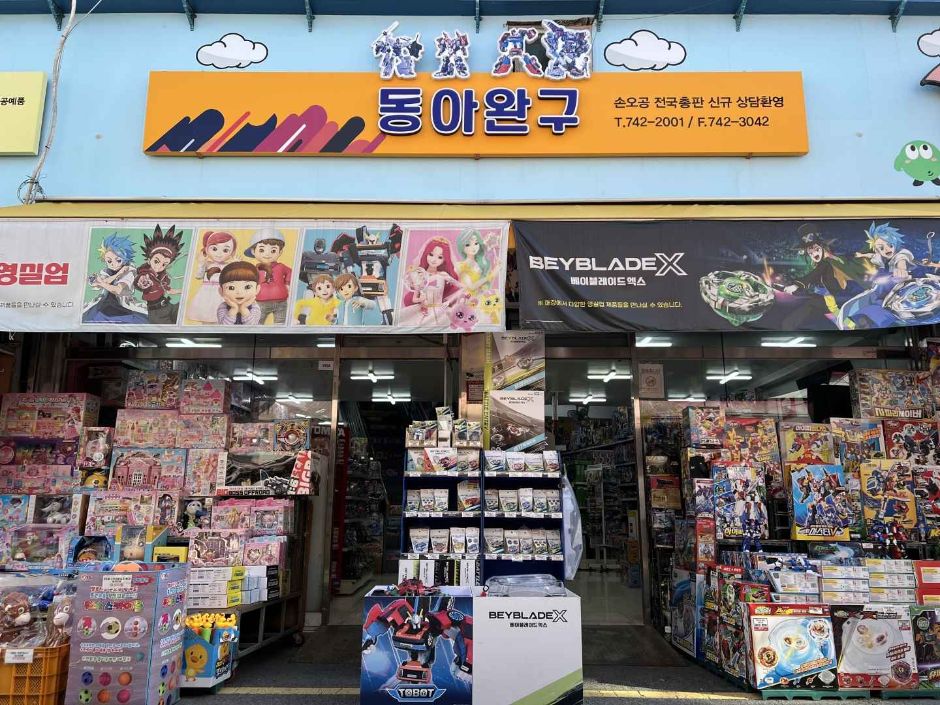
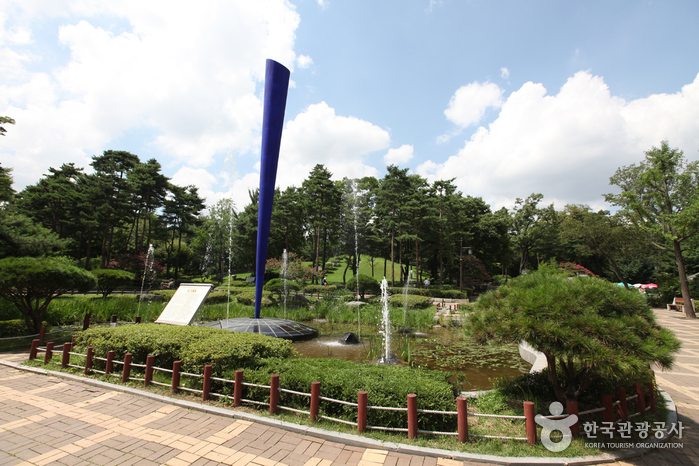
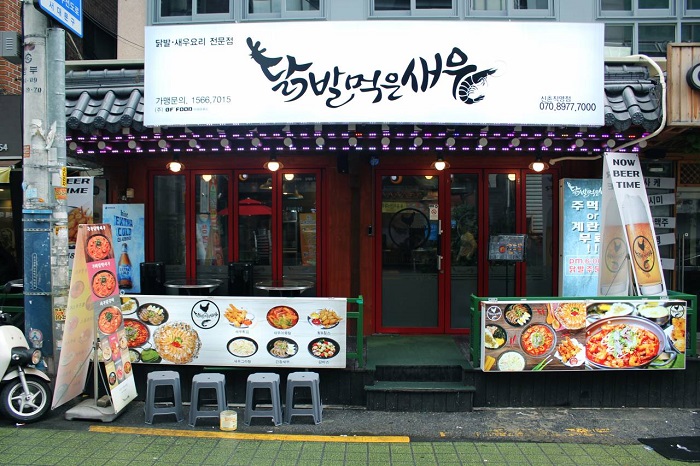
![HOTEL QB [Korea Quality] / 호텔큐비(호텔QB) [한국관광 품질인증]](http://tong.visitkorea.or.kr/cms/resource/54/2634454_image2_1.jpg)
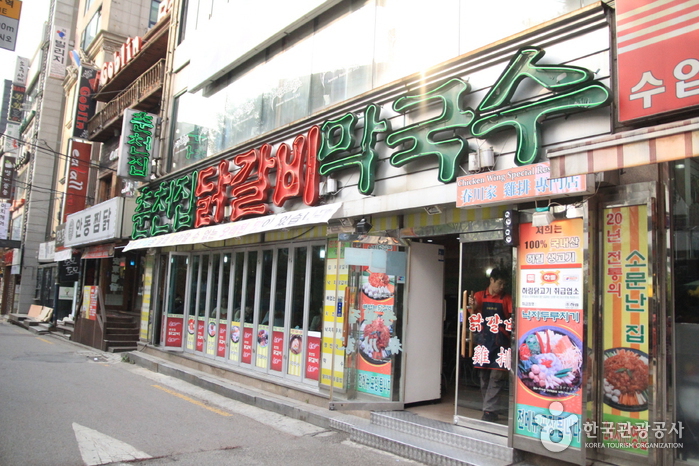
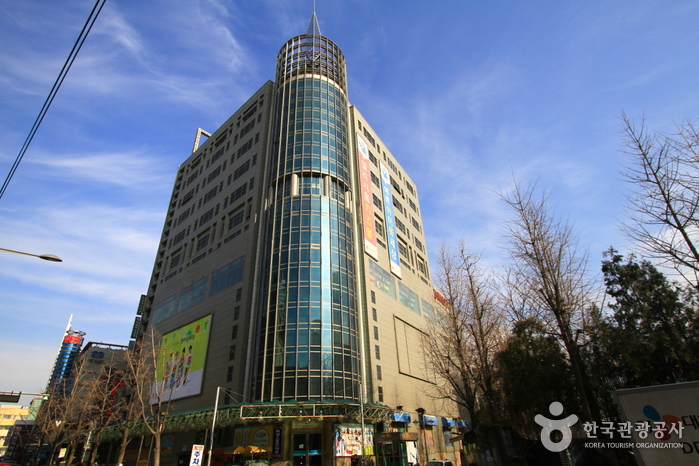
 Français
Français
 한국어
한국어 English
English 日本語
日本語 中文(简体)
中文(简体) Deutsch
Deutsch Español
Español Русский
Русский